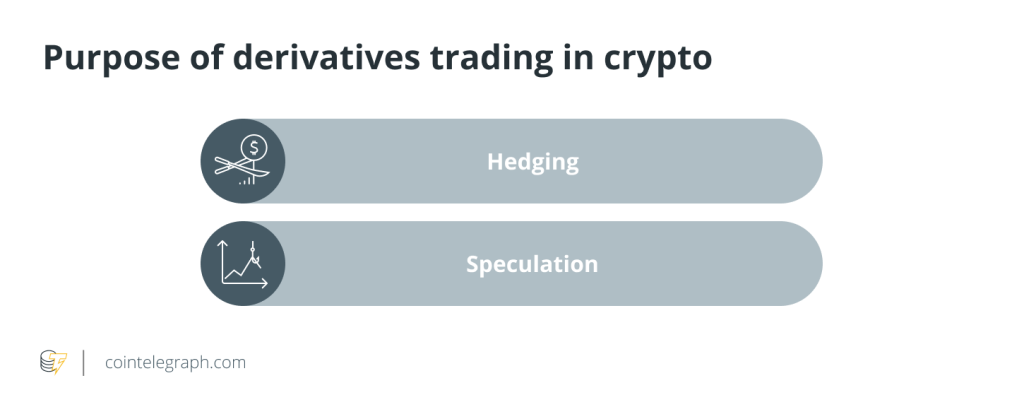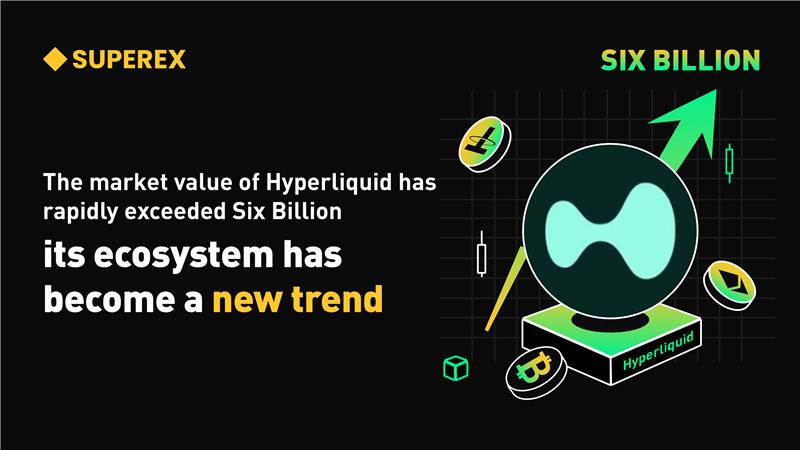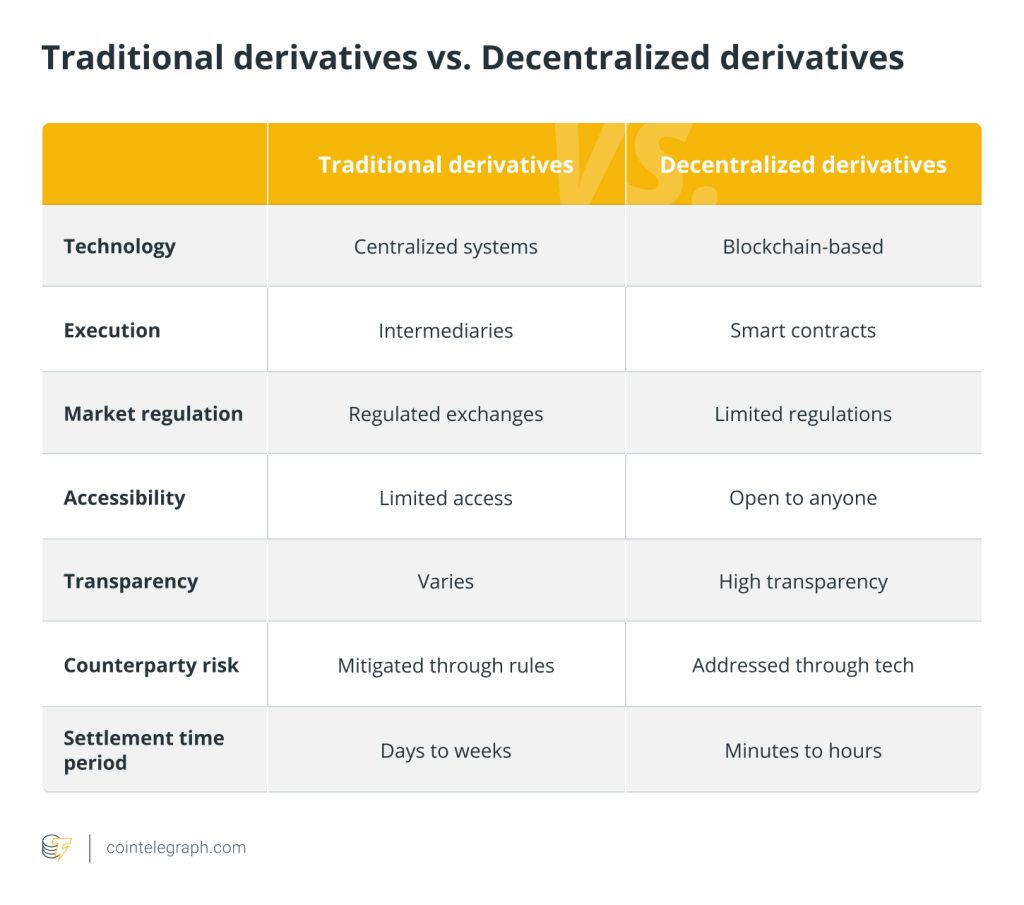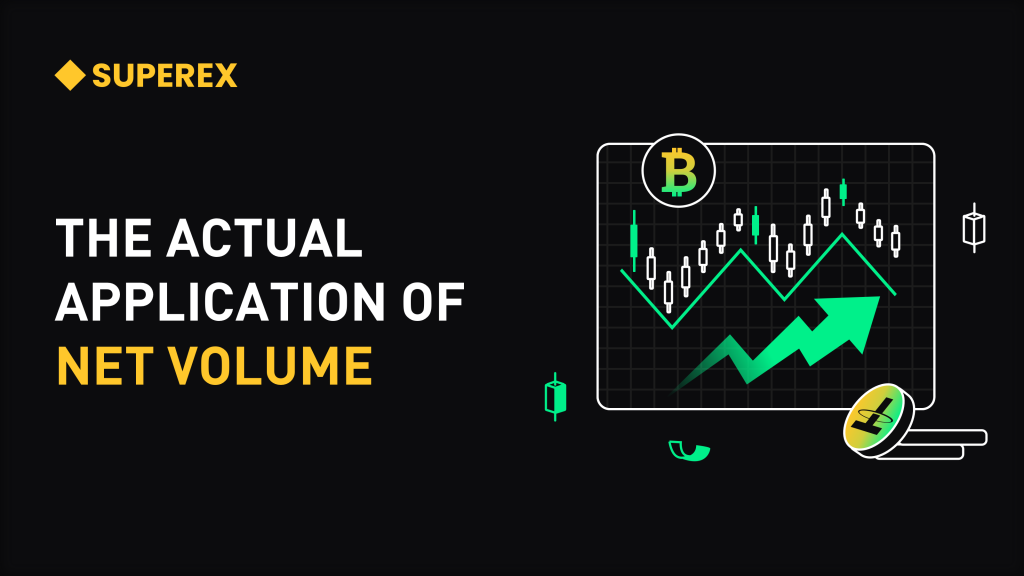Hyperliquid Short Selling Crisis Recap: USDC Net Outflow Reaches $140 Million in Just 3 Hours

#Hyperliquid #USDC #SuperEx
On March 26, 2025, the decentralized derivatives trading platform Hyperliquid fell into a severe liquidity crisis. Due to abnormal price fluctuations of the memecoin $JELLYJELLY, the platform experienced a net outflow of $140 million USDC within just three hours. Taking into account the impact of the ETH whale event on March 12, Hyperliquid’s total value locked (TVL) plummeted from $2.217 billion to $2.026 billion.
The direct trigger of this event was a carefully orchestrated market manipulation. Let’s take a closer look at the incident:
- Click to register SuperEx
- Click to download the SuperEx APP
- Click to enter SuperEx CMC
- Click to enter SuperEx DAO Academy — Space

Step One: Bear Trap
A trader on Hyperliquid opened a short position of 430 million $JELLYJELLY tokens at an opening price of $0.0095, with a total value of $4.08 million. Subsequently, the trader rapidly pumped up the price of $JELLYJELLY. When the token price rose to $0.0103, the trader closed 30 million $JELLYJELLY shorts and withdrew a margin of $2.76 million, forcing the platform to initiate the automatic liquidation mechanism. As a result, the remaining 398 million JELLY short positions were taken over by Hyperliquid at a takeover price of $0.0103.
Step Two: Liquidity Squeeze
According to the original rules, after Hyperliquid takes over the short position contracts, it would slowly feed these positions into the market to avoid severe volatility during large-scale liquidation. Now, just imagine this: Hyperliquid has taken over the short position, but if the price of $JELLYJELLY rises at this time, Hyperliquid will have no opportunity to feed the shorts into the market and will continuously incur losses until liquidation. This is precisely the sniper’s strategy.
When the $JELLY price surged to $0.15374, the short positions taken over by Hyperliquid Vault incurred floating losses exceeding $10.5 million, triggering a wave of retail panic withdrawals and further raising the liquidation price.
According to data, between 13:00 and 14:00 UTC, an address rapidly pumped the JELLYJELLY spot price on centralized exchanges (CEX), pushing the price up by 429% within a short period. As a result, the short positions held by Hyperliquid continued to incur losses, reaching a maximum of $13.5 million. At that time, data showed that if the price of $JELLYJELLY rose to $0.1479, the entire $230 million from the short position would be lost.
Unexpected Coordination: Exchange Collaboration
At this point, something unexpected happened — both Binance and OKX launched $JELLY perpetual contracts. At 15:30 UTC, OKX officially launched the JELLYJELLY perpetual contract trading pair, and just a few minutes later, Binance also announced the listing of the JELLYJELLY perpetual contract.
Under the influence of these listing announcements, the price of JELLYJELLY was pushed even higher, reaching a peak of $0.06276. Compared to the trader’s initial opening price of $0.0095, it had skyrocketed by more than 500%.
Endgame: Hyperliquid Won the Sniping Battle, but the Real Crisis Has Just Begun
From the perspective of this sniping battle, Hyperliquid came out victorious. According to data from its official website, the JELLYJELLY short position taken over by Hyperliquid Vault was settled at $0.0095 at 15:15 UTC — five minutes after OKX announced the launch of the $JELLY perpetual contract, and still 15 minutes before the contract was officially listed on OKX.
Not only did Hyperliquid avoid any economic losses, but according to official statements, the HLP Vault even made a profit of $703,000 on this position.
How Did They Do It?
At that time, the price of $JELLY was around $0.045 — nearly five times higher. It became evident that Hyperliquid completely ignored external oracle prices and forcefully settled the position at $0.0095. Simultaneously, they temporarily suspended the JELLY contract. Although Hyperliquid later claimed that it was a decision made by validator votes to delist the JELLY contract, and that all users who participated in JELLY trading, except for the violating address, would be fully compensated by the Hyper Foundation, the market wasn’t convinced.
The handling and governance of this incident have led to a continuous decline in user trust and loyalty. Within just a few hours of the event, the platform saw a net outflow of over $140 million USDC in stablecoins. Behind this number lies a far greater-than-expected loss of users.
Root of the Crisis: Triple Blow from Mechanism Flaws
This incident has exposed the systemic risk inherent in Hyperliquid’s underlying design. As a derivatives exchange developed by Hyper Foundation, Hyperliquid focuses on providing a low-latency, high-throughput perpetual contract trading experience, supporting up to 50x leverage. It integrates liquidity through an innovative Hyperliquid Liquidity Provider (HLP) mechanism and utilizes oracle pricing to optimize trading efficiency. From a trading mechanism perspective, Hyperliquid’s liquidity is community-driven, with the HLP Vault stepping in to maintain liquidity when counterparties are insufficient. Before the incident, the total amount in the vault was approximately $240 million.
Reflecting on the incident, Hyperliquid’s unprecedented and risky decision to close the JELLY market and forcibly settle positions at a favorable price dealt a significant blow to its market credibility and user loyalty. Through recent events, Hyperliquid’s underlying systemic risks have become more apparent. These risks primarily revolve around three core flaws in its mechanism:
1. Vulnerability of Oracle Pricing
Hyperliquid relies on on-chain AMM to obtain oracle prices, which, under normal conditions, enhances trading efficiency. However, during extreme market volatility, the lack of order book depth buffering becomes a glaring flaw. When a whale manipulates the $JELLY spot price with high leverage, the oracle price becomes severely disconnected from actual market depth, rendering the liquidation mechanism ineffective.
2. Structural Risk of the Mixed Insurance Vault
The HLP Vault (liquidity provider insurance vault) bears excessive systemic risk:
- Position Concentration: It allows a single account to hold positions worth up to $300 million (as seen in the March 12 ETH whale incident), far exceeding the market depth’s capacity.
- Liquidity Mismatch: HLP’s active market-making strategy struggles to cope with liquidity crunches during extreme conditions, forcing “automatic deleveraging” and triggering a user confidence crisis.
3. Leverage Mechanism Exploitation
Attackers exploit Hyperliquid’s 50x leverage rule to profit through “self-liquidation” arbitrage. This incident is a prime example. Although the trader ultimately did not gain high profits, it revealed a loophole in Hyperliquid’s mechanism, highlighting a sobering reality.
Industry Reactions: Divided Opinions on Hyperliquid’s Response
- Supporters: They argue that the automatic deleveraging mechanism prevented platform bankruptcy, demonstrating the efficiency of decentralized governance.
- Critics: They point out that the forced liquidation pricing ($0.0095 vs. market price $0.045) harmed user interests, and the mixed insurance vault design exposed ordinary traders to the risks of giant whale battles.
- Regulatory Warnings: Several regulatory bodies have voiced concerns, urging decentralized derivatives platforms to enhance risk management and implement KYC protocols, potentially reshaping the industry’s compliance framework.
- Technical Reflection: The crisis of trust in oracle pricing has prompted more projects to adopt a hybrid model of “order book + oracle” to balance efficiency and security.
Conclusion
Having endured multiple crises in a short period, Hyperliquid now stands at a crossroads in the world of decentralized finance — whether to become a martyr of mechanism innovation or a reformer reborn from the ashes. The answer may lie in the next high-leverage whale game.







Responses